Home>Interior Design>How To Organize A Small Pantry: 6 Professional Tips


Interior Design
How To Organize A Small Pantry: 6 Professional Tips
Modified: August 21, 2024
Learn how to optimize your small pantry with these 6 professional tips. Transform your space with smart interior design techniques.
(Many of the links in this article redirect to a specific reviewed product. Your purchase of these products through affiliate links helps to generate commission for Storables.com, at no extra cost. Learn more)
Introduction
Welcome to our guide on how to organize a small pantry! Having limited space in your pantry can be challenging when it comes to storing all your kitchen essentials. However, with a few professional tips and tricks, you can transform your small pantry into a well-organized and functional space.
A well-organized pantry not only makes it easier to find ingredients but also helps to minimize food waste and save money. By utilizing every inch of available space and implementing smart organizing techniques, you can maximize the storage capacity of your small pantry.
In this article, we will share six professional tips that will help you optimize your small pantry and keep it clutter-free. Let’s dive in and discover how you can create a functional and efficient pantry space!
Key Takeaways:
- Maximize vertical and door space to optimize a small pantry. Utilize adjustable shelving, stacking shelves, and over-the-door organizers to create a well-organized and functional pantry.
- Categorize, group, and label items for easy access. Use clear containers and practice regular rotation and restocking to maintain an efficient and visually appealing pantry.
Read more: How To Organize Small Pantry Cabinet
Tip 1: Maximize Vertical Space
When dealing with a small pantry, it’s essential to make use of all available vertical space. Vertical storage allows you to maximize the use of your pantry’s height, increasing your storage capacity without taking up valuable floor space.
Here are some strategies to maximize vertical space in your small pantry:
- Install adjustable shelving: Consider installing adjustable shelves in your pantry to accommodate items of different heights. This will allow you to customize the spacing between shelves to fit your specific needs.
- Use stacking shelves: Stacking shelves are a great solution for utilizing vertical space. These shelves allow you to create multiple levels within the same shelf, making it easier to store items such as canned goods, jars, and spices. You can find a variety of stacking shelves in different sizes and shapes to fit your pantry dimensions.
- Invest in a step ladder or stool: Having a step ladder or stool in your pantry can help you access items stored in higher areas. Opt for a foldable ladder or stool that can be easily stored away when not in use.
- Hang items from the ceiling: Consider using hooks or hanging baskets to store lightweight items such as onions, garlic, or small utensils. Hanging items from the ceiling not only maximizes vertical space but also adds a decorative touch to your pantry.
- Utilize the pantry door: Don’t forget about the back of your pantry door! Install an over-the-door organizer with shelves or pockets to store items like spices, snack packs, or small condiment bottles.
By implementing these strategies, you can make the most of your vertical space and create a well-organized and functional pantry.
Tip 2: Utilize Door Space
When it comes to organizing a small pantry, every inch of space counts. That’s why it’s important to take advantage of the often overlooked area: the pantry door. The door provides valuable real estate that can be utilized to store various items and keep them easily accessible.
Here are some ways to maximize the door space in your small pantry:
- Install an over-the-door rack: An over-the-door rack is a versatile storage solution that can be used to hold a variety of items. You can use it to store spice jars, small canned goods, snack packs, or even kitchen utensils. Look for a rack with adjustable shelves to accommodate items of different sizes.
- Hang a shoe organizer: A clear plastic or fabric shoe organizer that hangs over the door can work wonders in a pantry. Each pocket can be used to store individual items, such as spice packets, sauce mixes, or small condiment bottles. The clear pockets make it easy to see what’s inside and keep everything organized.
- Attach adhesive hooks: Adhesive hooks are a simple yet effective solution for hanging lightweight items on the pantry door. You can hang aprons, oven mitts, or small mesh bags filled with snacks. Be sure to check the weight limit of the hooks and avoid overloading them.
- Use a whiteboard or chalkboard: Consider attaching a small whiteboard or chalkboard to the door. This can be used to jot down grocery lists, meal plans, or reminders. Having a designated space for notes and lists can help keep your pantry organized and promote efficient meal planning.
By utilizing the door space in your small pantry, you can create additional storage options and free up shelf space for larger items. It’s a creative way to make the most of your limited pantry space.
Tip 3: Categorize and Group Items
Organizing a small pantry becomes much easier when you categorize and group similar items together. Grouping items not only helps you quickly locate what you need but also prevents clutter and promotes efficient use of space. Here are some steps to effectively categorize and group items in your pantry:
- Create categories: Start by creating categories for different types of items. Common categories include grains, pasta, canned goods, baking supplies, snacks, and spices. Assess your pantry inventory and determine the categories that make the most sense for your needs.
- Sort and declutter: Take everything out of your pantry and sort items into their respective categories. This is an excellent opportunity to declutter and get rid of expired or unused items. Dispose of any items that have passed their expiration dates and donate any unopened items that you won’t use.
- Invest in storage containers: Consider using clear storage containers or baskets to corral items within each category. This helps to keep the pantry neat and ensures that items don’t get scattered. Opt for stackable containers to maximize vertical space.
- Label, label, label: To make it easy to find and return items to their designated spot, label your storage containers. Use a label maker or simple adhesive labels to mark each container with its contents. Clear labels or erasable markers can be used on clear containers or bins.
- Arrange items by frequency of use: Store frequently used items at eye level or within easy reach, while infrequently used items can be placed on higher or lower shelves. This arrangement will make it more convenient for you to access the items you need regularly.
By categorizing and grouping items in your pantry, you’ll eliminate the need to search through cluttered shelves, save time, and maintain an organized space. Plus, it will give your pantry a clean and visually appealing look.
Use clear storage containers to maximize space and keep items visible. Label each container for easy identification and organization.
Tip 4: Use Clear Containers and Labels
Clear containers and labels are invaluable tools when it comes to organizing a small pantry. They not only contribute to the overall aesthetics of your pantry but also help you easily spot and identify the contents of each container. Here’s how you can make the most of clear containers and labels:
- Invest in a set of clear containers: Clear storage containers allow you to see what’s inside without having to open each container. Opt for a set of uniform containers that stack well and efficiently use the available space in your pantry. Choose containers of different sizes to accommodate items of various quantities.
- Label your containers: Labeling is crucial for maintaining a well-organized pantry. Use adhesive labels, label makers, or even chalkboard labels to mark each container with its contents. Make sure the labels are clear and easy to read. You can also include additional information such as the expiration date or cooking instructions, if necessary.
- Consider using transparent bins: Transparent bins can be useful for grouping smaller items together, such as snack bars or individual spice jars. They help prevent these items from getting lost or scattered on the pantry shelves.
- Maintain a consistent labeling system: Establish a consistent labeling system throughout your pantry. Decide on a specific format for labeling, such as alphabetical order, categorization by food group, or color-coding for different family members. This will make it easier for both yourself and other family members to find and return items to their proper places.
- Regularly review and update labels: As you use up items or introduce new ones, make it a habit to review and update your labels. This will ensure that your pantry remains organized and that labels accurately reflect the contents of each container.
Using clear containers and labels brings visual clarity to your small pantry, allowing you to easily locate items and maintain a sense of order. Embrace this organizational approach to create a functional and visually appealing pantry space.
Tip 5: Rotate and Restock Regularly
Rotating and restocking your pantry regularly is essential for maintaining an organized and efficient space. It ensures that you use up food items before they expire and prevents unnecessary clutter. Here are some tips to help you effectively rotate and restock your small pantry:
- Practice first-in, first-out (FIFO) method: When unpacking groceries or adding new items to your pantry, remember to place them behind older items. This way, you will use up older items first, reducing the chances of food waste and spoilage.
- Check expiration dates: Regularly go through the items in your pantry and check their expiration dates. Discard any expired or spoiled items immediately. If you come across items that are close to expiration, plan your meals accordingly to use them up before they expire.
- Create a dedicated “restock” shelf: Designate a specific area or shelf in your pantry for newly purchased items or items that need to be restocked. This will help you keep track of what needs to be added to your regular pantry inventory and prevent items from getting lost or forgotten.
- Make a shopping list: Before heading to the grocery store, check your pantry inventory and make a shopping list. This will help you avoid buying duplicate items or items you already have in stock. Stick to your list to minimize impulse purchases and keep your pantry organized.
- Consider using a pantry app or inventory system: If you prefer a digital approach, there are smartphone apps and inventory systems available that can help you keep track of your pantry items. These tools can send you reminders when items are about to expire or when it’s time to restock certain essentials.
By implementing regular rotation and restocking practices, you’ll ensure that your pantry stays organized, items are used in a timely manner, and you always have a well-stocked supply of essentials.
Tip 6: Keep it Clean and Organized
To maintain an efficient and functional small pantry, it’s important to prioritize cleanliness and organization. A clean and organized pantry not only makes meal preparation more enjoyable but also helps to reduce stress and save time. Here are some tips to keep your pantry clean and organized:
- Wipe down shelves regularly: Set a regular schedule to clean your pantry shelves. Use a damp cloth or mild cleaning solution to wipe down the shelves and remove any dust or spills. This will help keep your pantry hygienic and prevent the accumulation of dirt.
- Arrange items in a visually appealing manner: Take the time to visually arrange your pantry in an appealing way. Organize items by size, color, or category to create a neat and visually pleasing display. This not only makes it easier to find items but also adds an aesthetic touch to your pantry.
- Regularly declutter: From time to time, go through your pantry and declutter any items that are no longer needed or have expired. Keeping a clutter-free pantry ensures that you have space for new items and helps you maintain a sense of order.
- Implement a regular cleaning routine: Beyond wiping down the shelves, make sure to clean any spills or stains that may occur in your pantry promptly. Regularly sweep or vacuum the pantry floor to keep it free from crumbs and debris.
- Keep a step stool or ladder handy: To reach higher shelves or clean the top of your pantry, keep a step stool or ladder nearby. This ensures that you can access all areas of your pantry and maintain its cleanliness.
- Work with the right lighting: Adequate lighting is crucial in keeping your pantry organized. Consider installing LED lights or battery-operated motion-sensor lights to illuminate your pantry shelves. This will make it easier to see and locate items, even in dim or narrow spaces.
By making cleanliness and organization a priority, you’ll create a pleasant and functional pantry environment that not only simplifies meal preparation but also enhances the overall culinary experience in your home.
Conclusion
Organizing a small pantry may seem like a daunting task, but with the right strategies and tools, you can transform it into a well-organized and functional space. By maximizing vertical space, utilizing door space, categorizing and grouping items, using clear containers and labels, rotating and restocking regularly, and maintaining cleanliness and organization, you can create an efficient and visually appealing pantry.
Remember, the key to a successful pantry organization is to assess your specific storage needs and customize solutions that work for you. Whether you have a tiny pantry or a larger one, these tips can be adapted to fit any space.
Keep in mind that organizing your pantry is an ongoing process. It’s important to regularly declutter, restock, and update your system to ensure optimal functionality. By taking the time to organize your pantry and maintaining it consistently, you can save time, reduce food waste, and enjoy a stress-free cooking experience.
So roll up your sleeves, start implementing these tips, and transform your small pantry into a well-organized and efficient space that adds ease and joy to your daily cooking routine.
Frequently Asked Questions about How To Organize A Small Pantry: 6 Professional Tips
Was this page helpful?
At Storables.com, we guarantee accurate and reliable information. Our content, validated by Expert Board Contributors, is crafted following stringent Editorial Policies. We're committed to providing you with well-researched, expert-backed insights for all your informational needs.
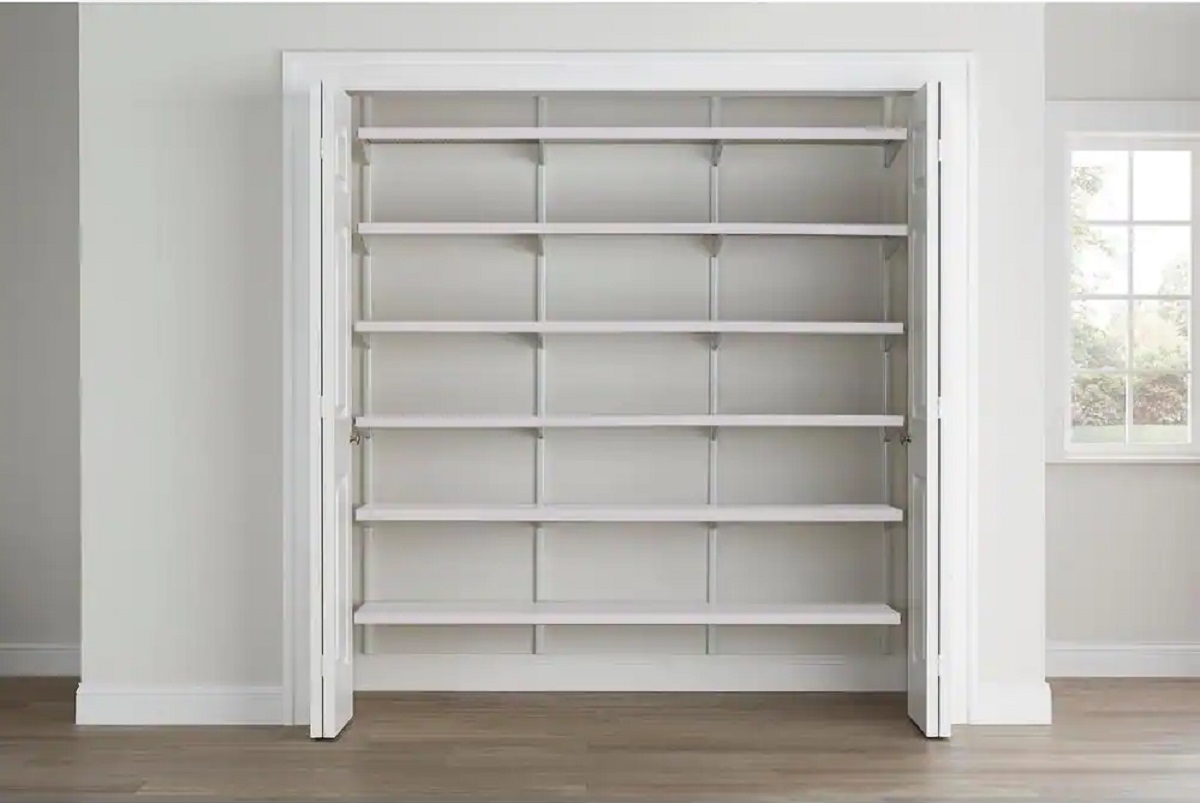
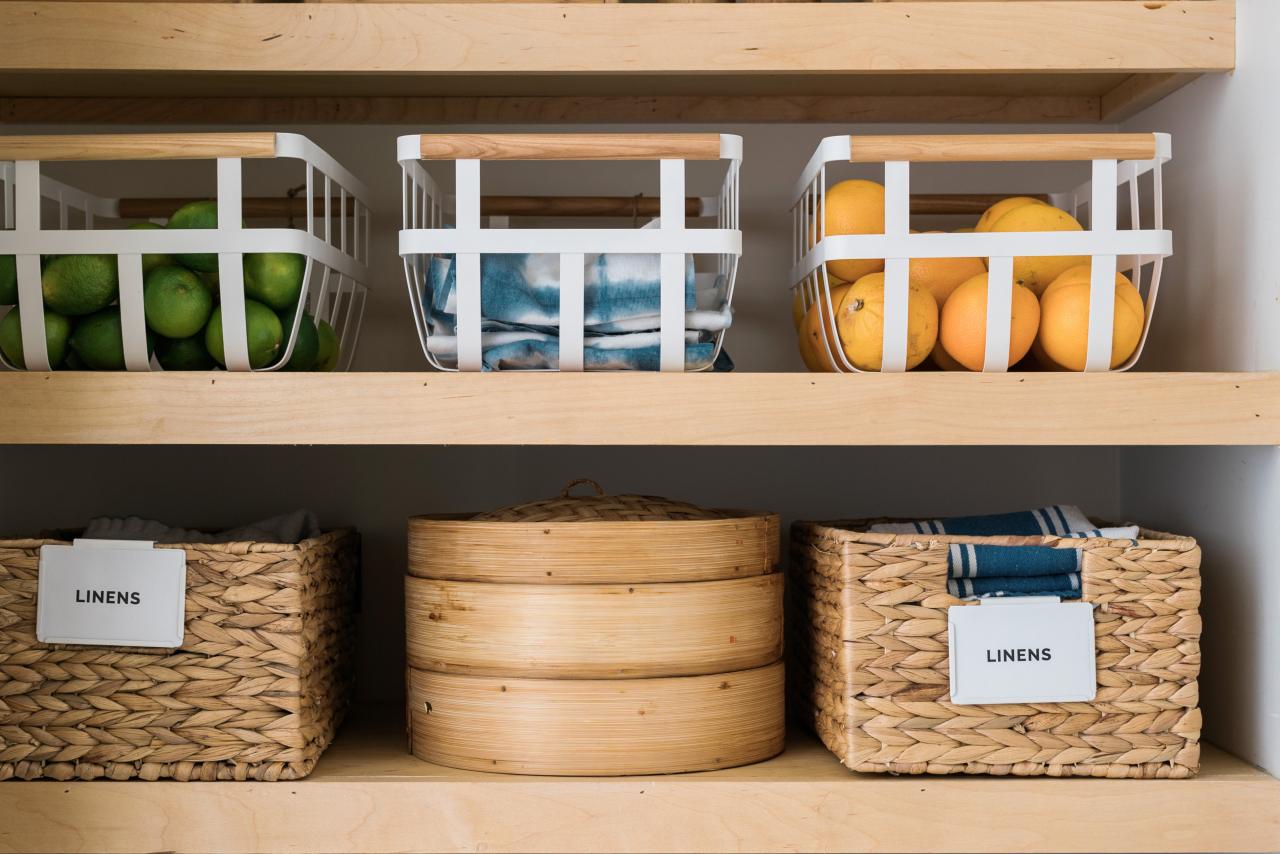
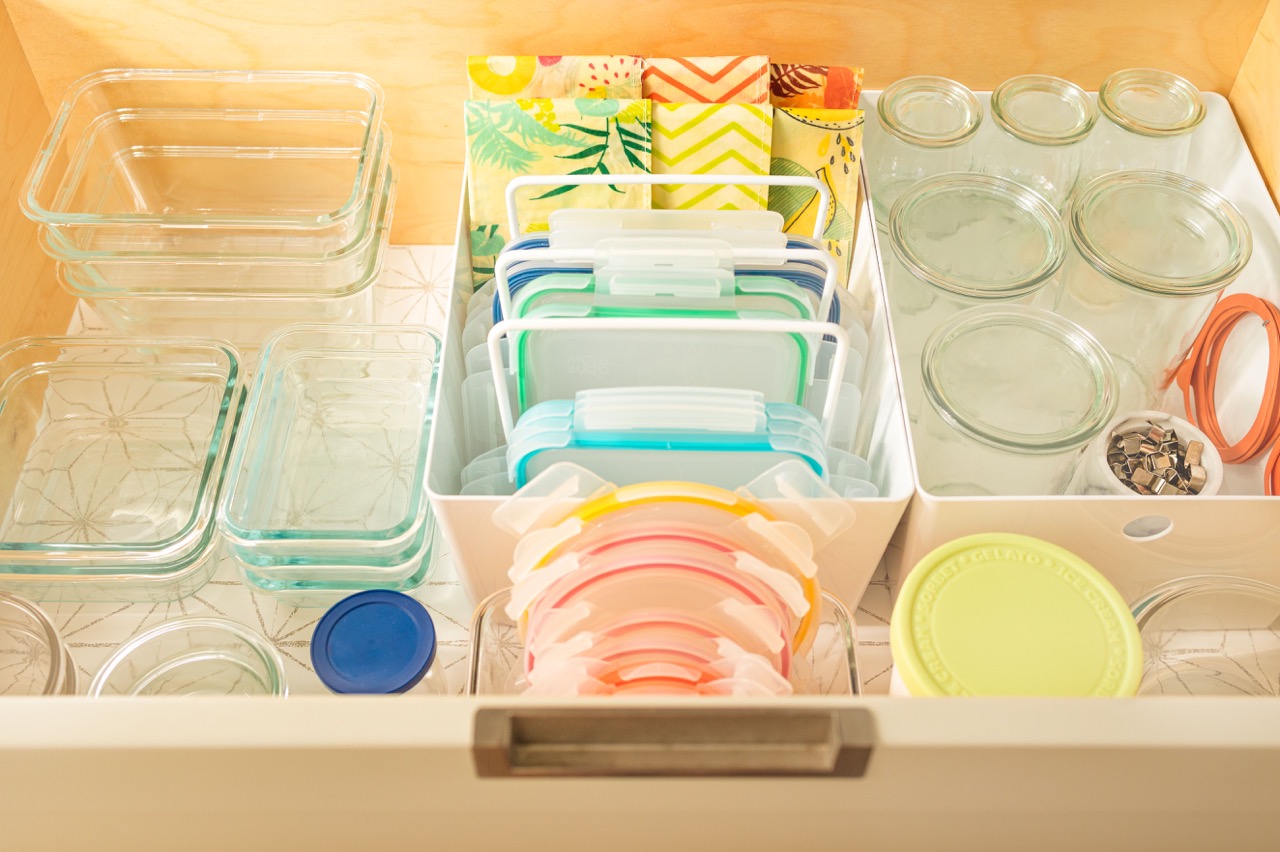
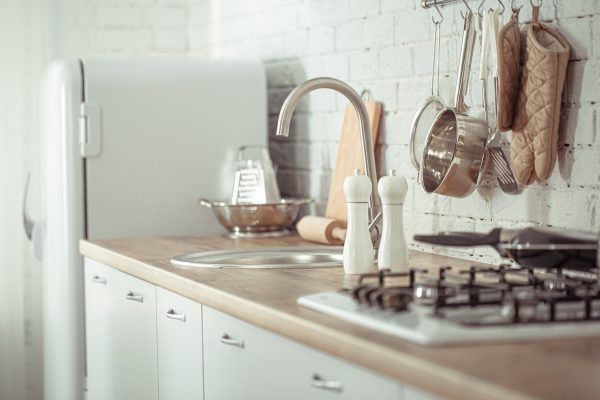

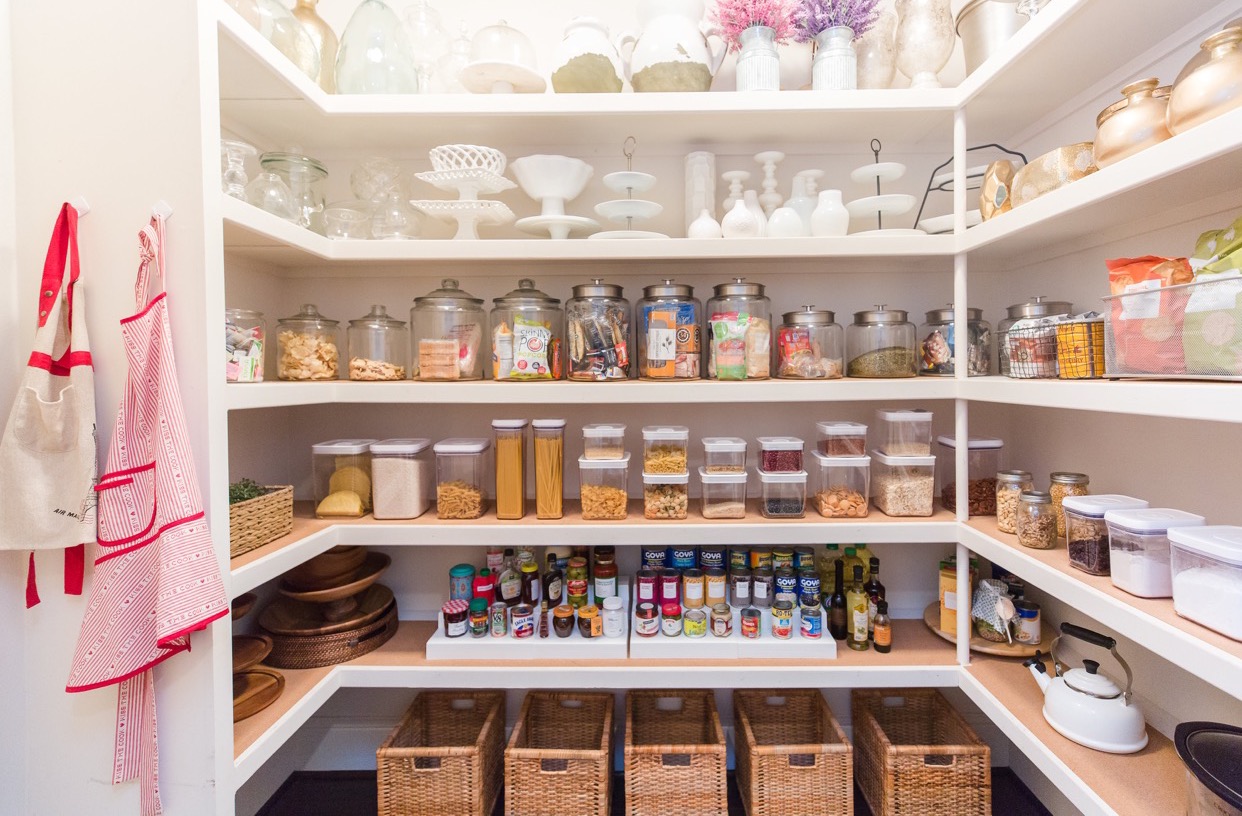
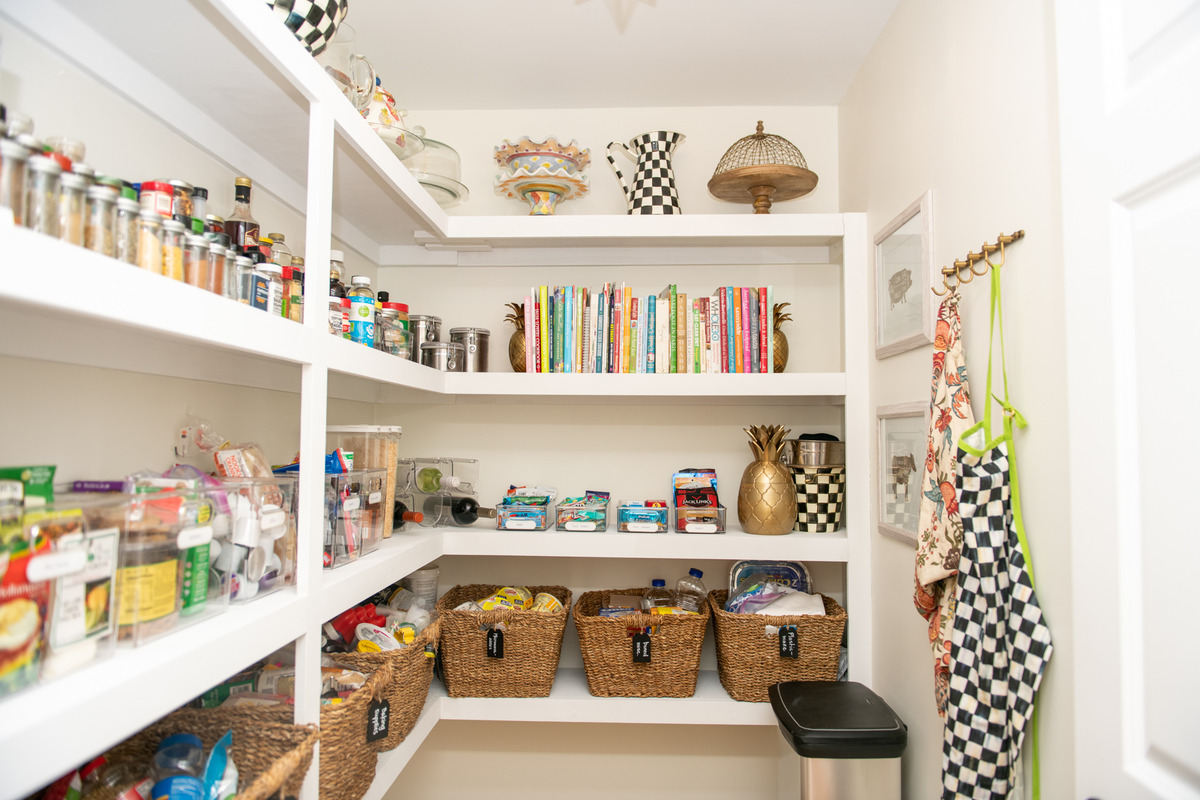
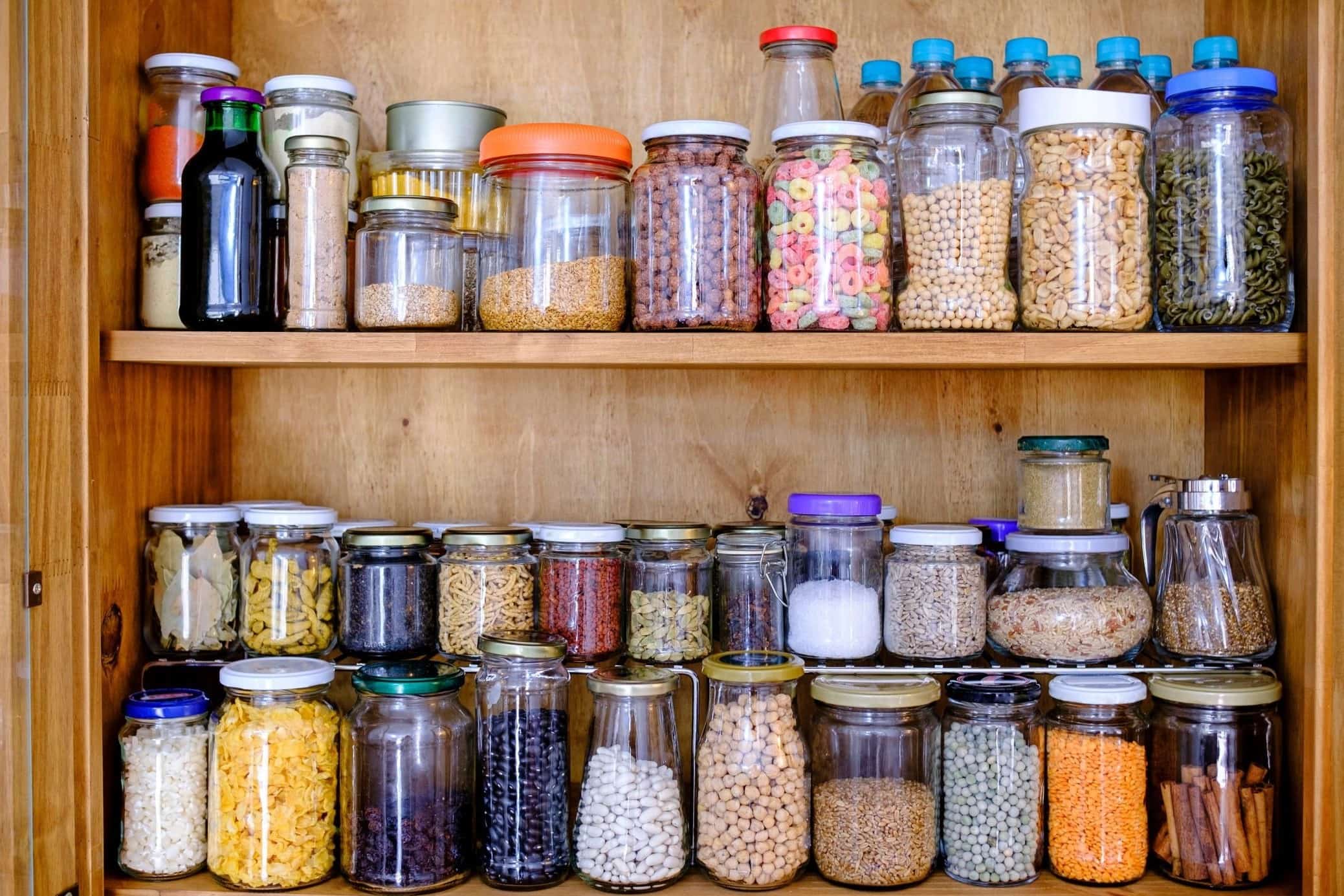
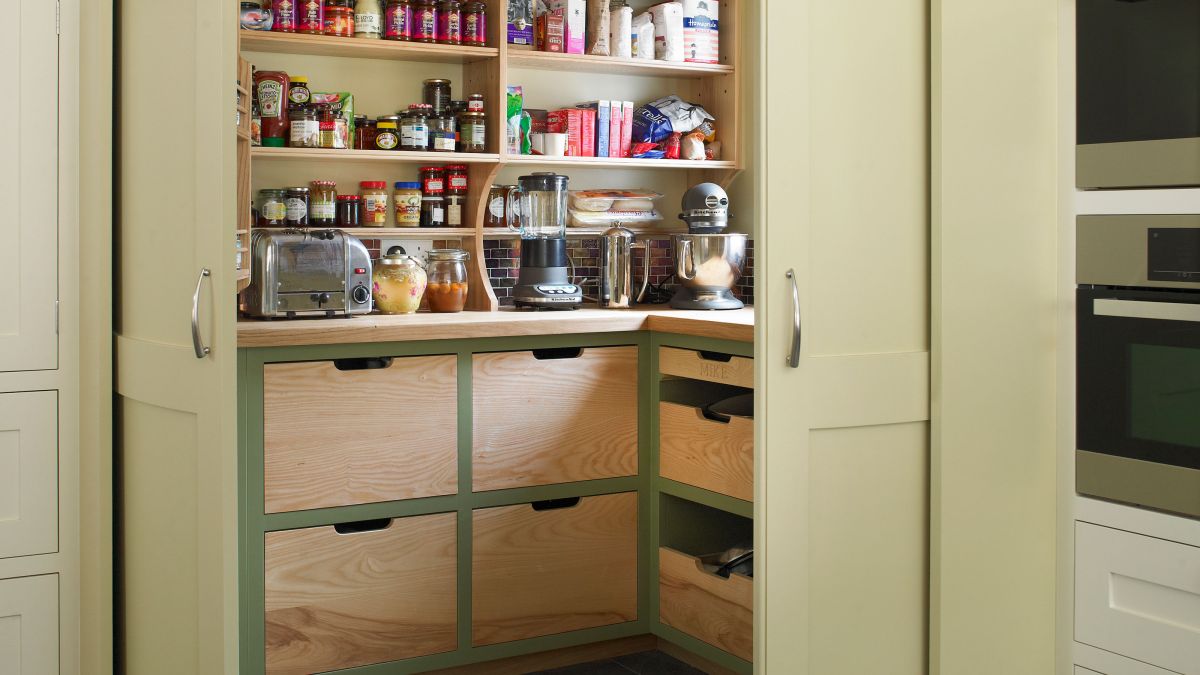
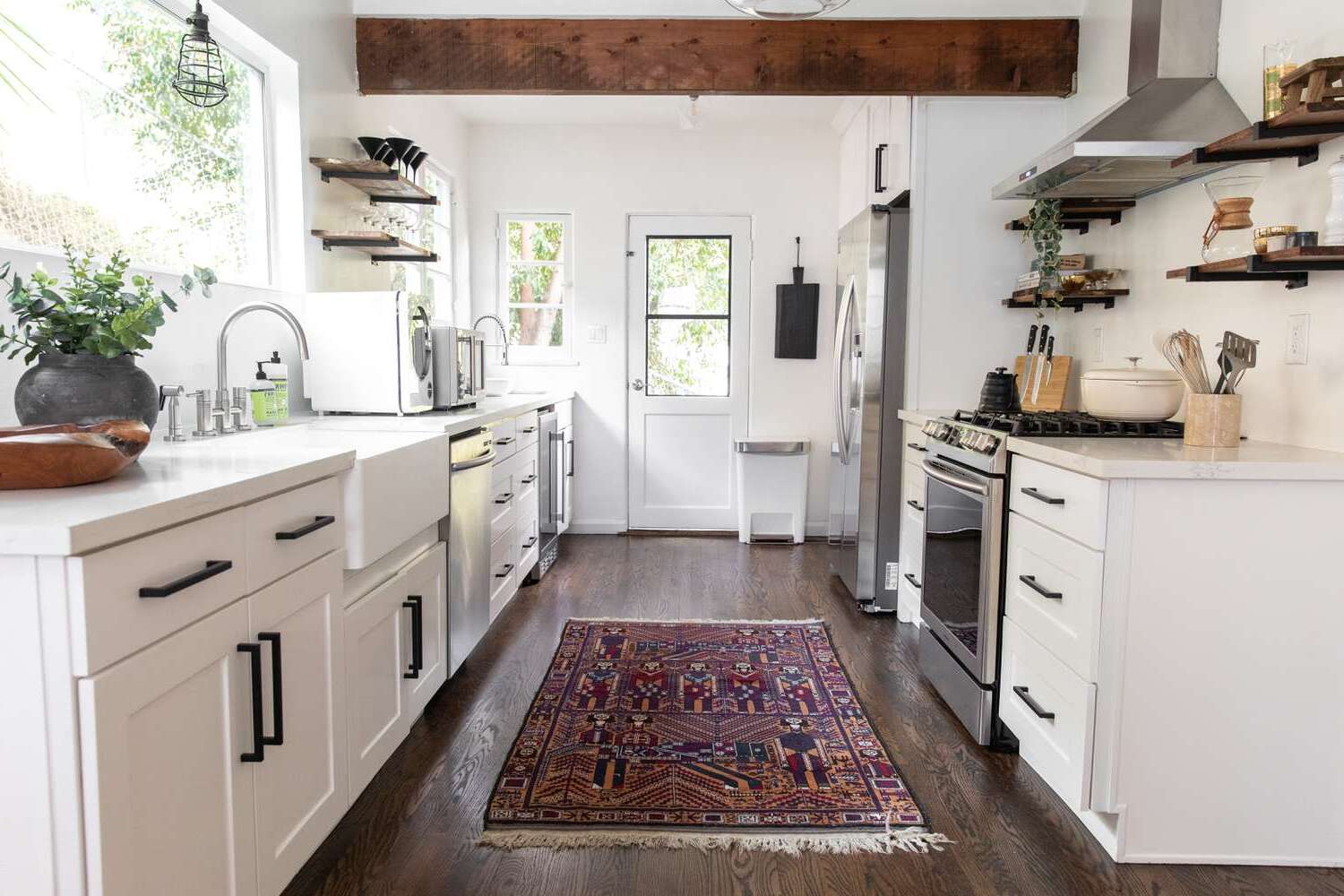
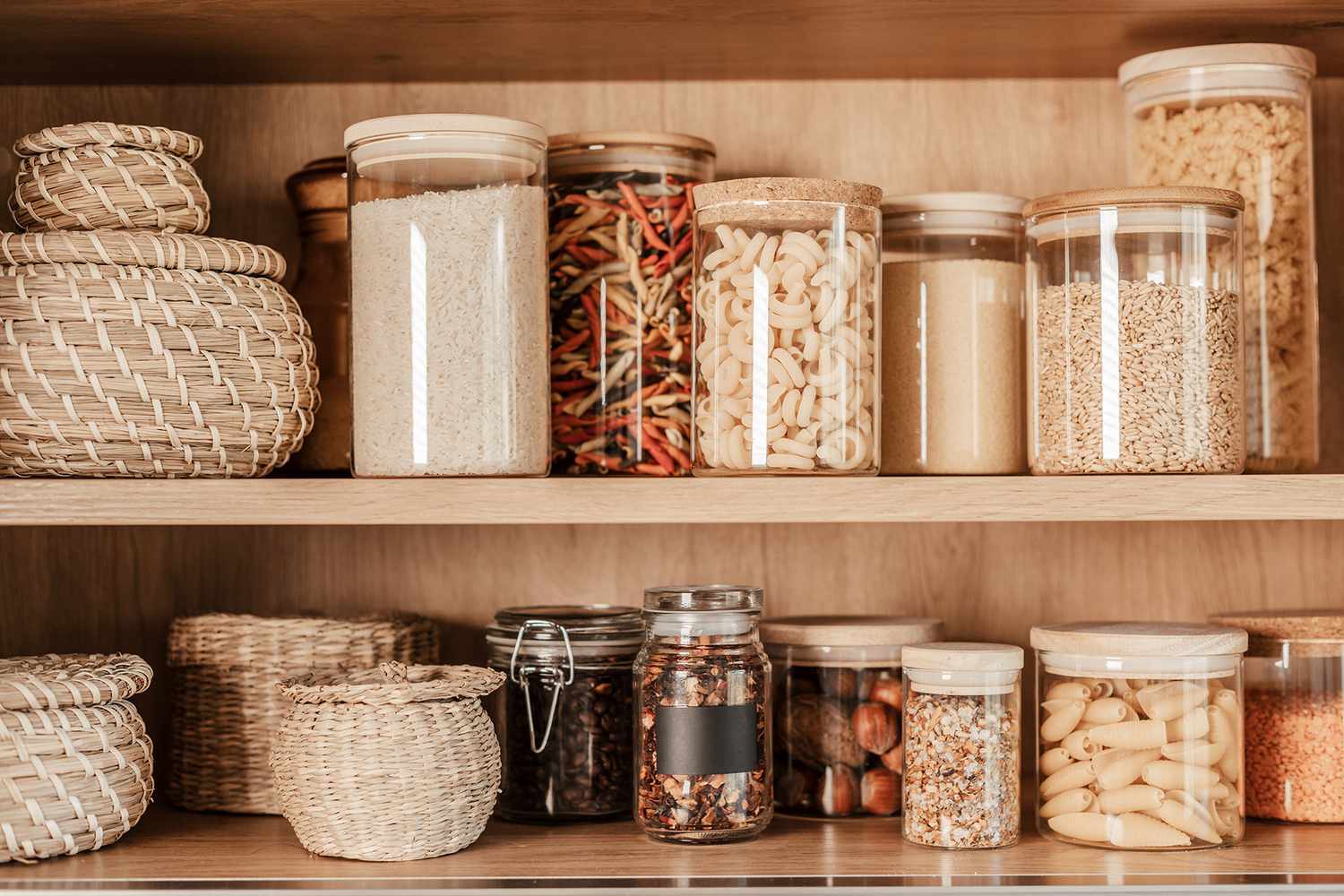
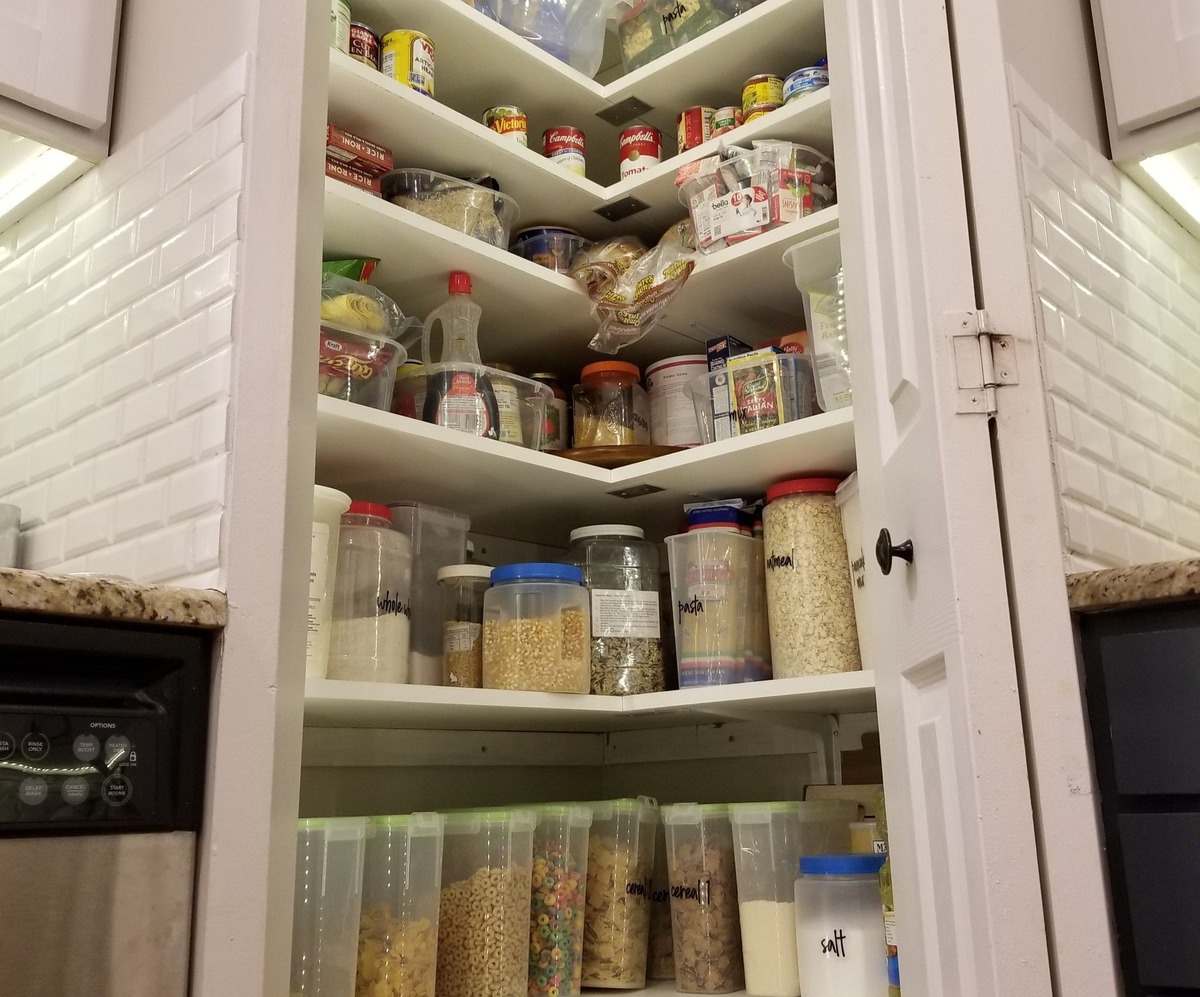
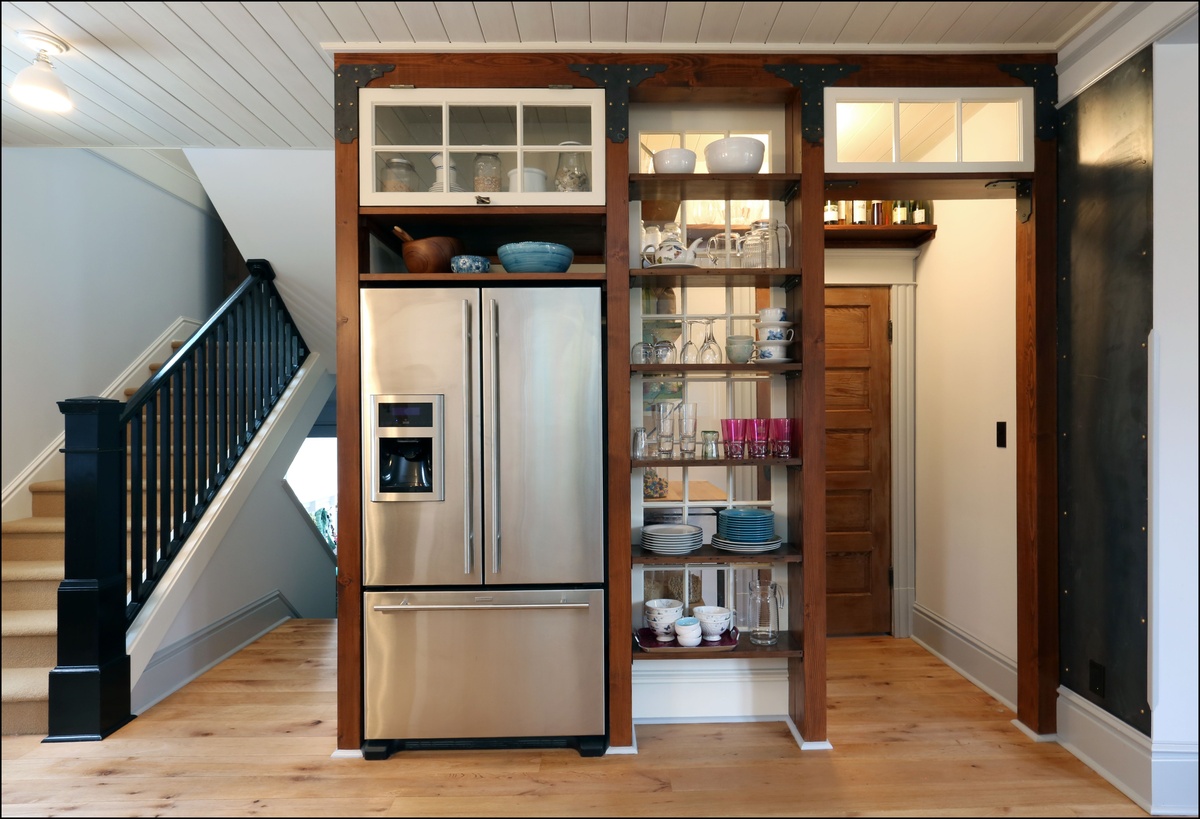


0 thoughts on “How To Organize A Small Pantry: 6 Professional Tips”